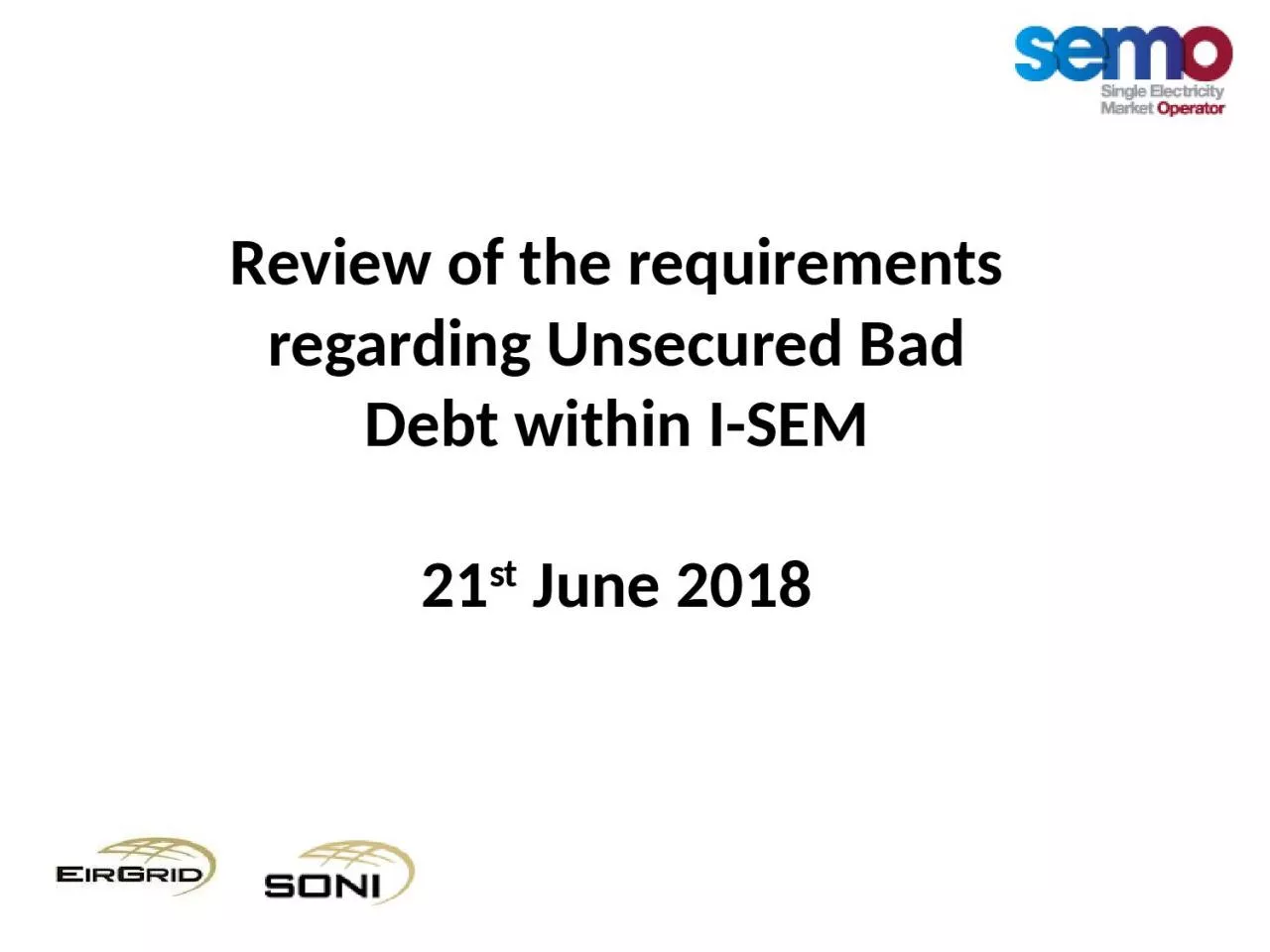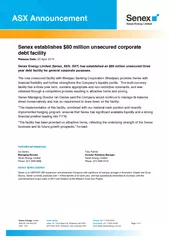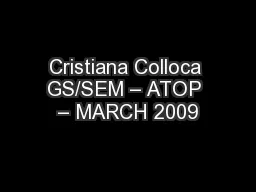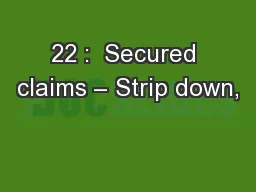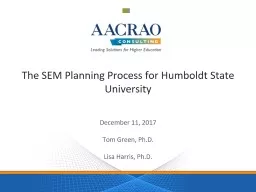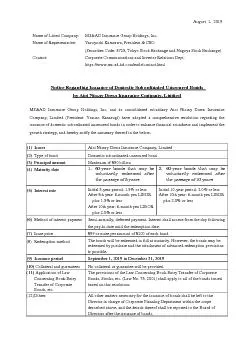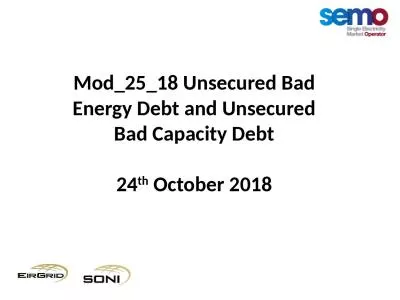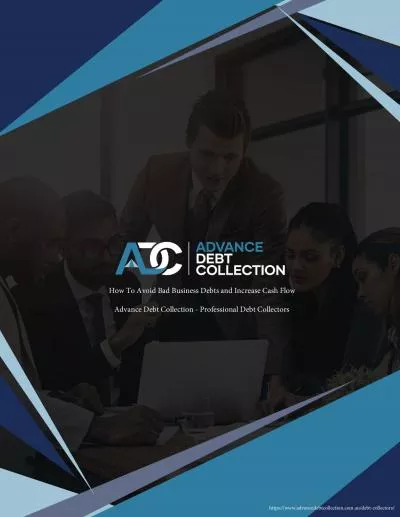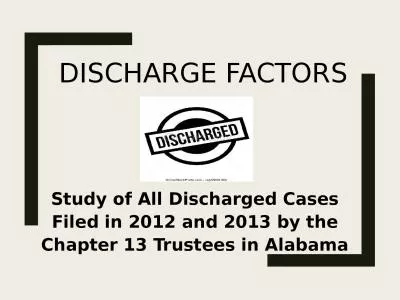PPT-Review of the requirements regarding Unsecured Bad Debt within I-SEM
Author : jocelyn | Published Date : 2023-11-07
21 st June 2018 As part of the discussion on Mod0217 it was stated that MO would review the requirements regarding unsecured bad debt in ISEM The review looked at
Presentation Embed Code
Download Presentation
Download Presentation The PPT/PDF document "Review of the requirements regarding Uns..." is the property of its rightful owner. Permission is granted to download and print the materials on this website for personal, non-commercial use only, and to display it on your personal computer provided you do not modify the materials and that you retain all copyright notices contained in the materials. By downloading content from our website, you accept the terms of this agreement.
Review of the requirements regarding Unsecured Bad Debt within I-SEM: Transcript
Download Rules Of Document
"Review of the requirements regarding Unsecured Bad Debt within I-SEM"The content belongs to its owner. You may download and print it for personal use, without modification, and keep all copyright notices. By downloading, you agree to these terms.
Related Documents

